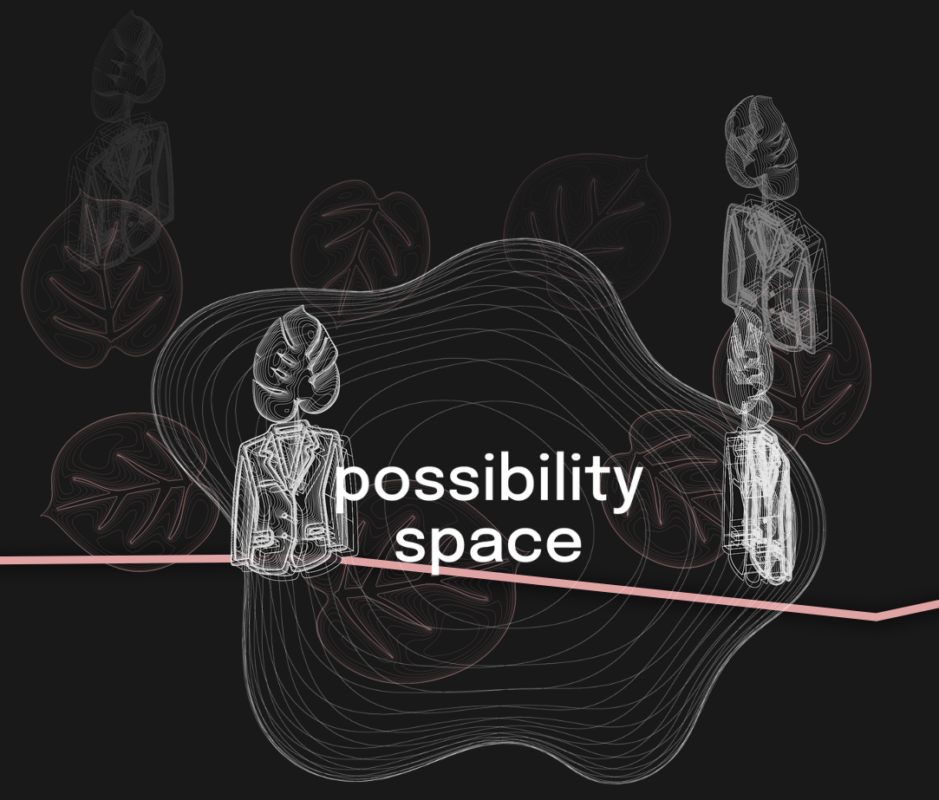
How do we think about climate futures ahead of us? Different actors tend to use different tools for that. The stream of weather catastrophes in the news media suggests a rather gloomy future. Some recent novels try to paint a more optimistic picture of the decades ahead (see our post on this).
International climate politics, for its part, has mainly based visions of the future on IPCC scenarios and model projections. For example, integrated assessment models (IAMs) played an important role in highlighting the feasibility of limiting global warming to 2 or even 1.5 degrees, and thereby led the way to the Paris Agreement. At the same time, this policy ambition came at the expense of modelling huge quantities of negative emission technologies, which again had a strong influence on the climate policy discourse.
Clearly, model-based climate futures are important for climate politics, but it is far from obvious what goes into them and based on which premises they are devised. Lisette van Beek tried to shine some light on fundamental questions about IAMs by teaming up with artists Ekaterina Volkova and Julien Thomas and writing an IAM manual.
Now one might ask: what can art tell us about modelling? The easy answer is: read for yourself! The manual goes through several views of what a model is – a system of causal relationships? Frankenstein? equations and words? a car? a theory of how the world works? – and then asks what a model could be. What could modellers learn from designers, from medieval cartographers or from translators?
The artists encourage modellers to embrace the fact that integrated assessment models necessarily involve subjective judgements and contested assumptions. By accepting this, they argue, models could be much more daring. They could be used to explore more transformative visions of our future, they could collaborate with a much wider array of people and fields, and they could be a visioning tool not only for policymakers, but for society at large.